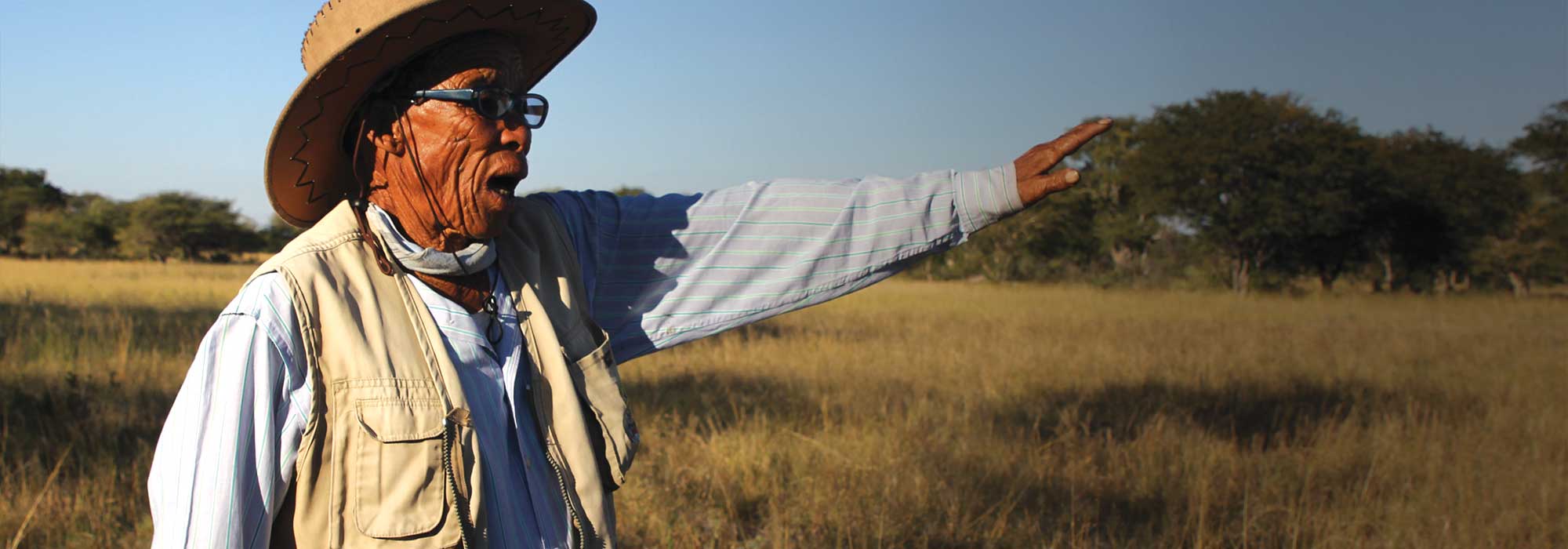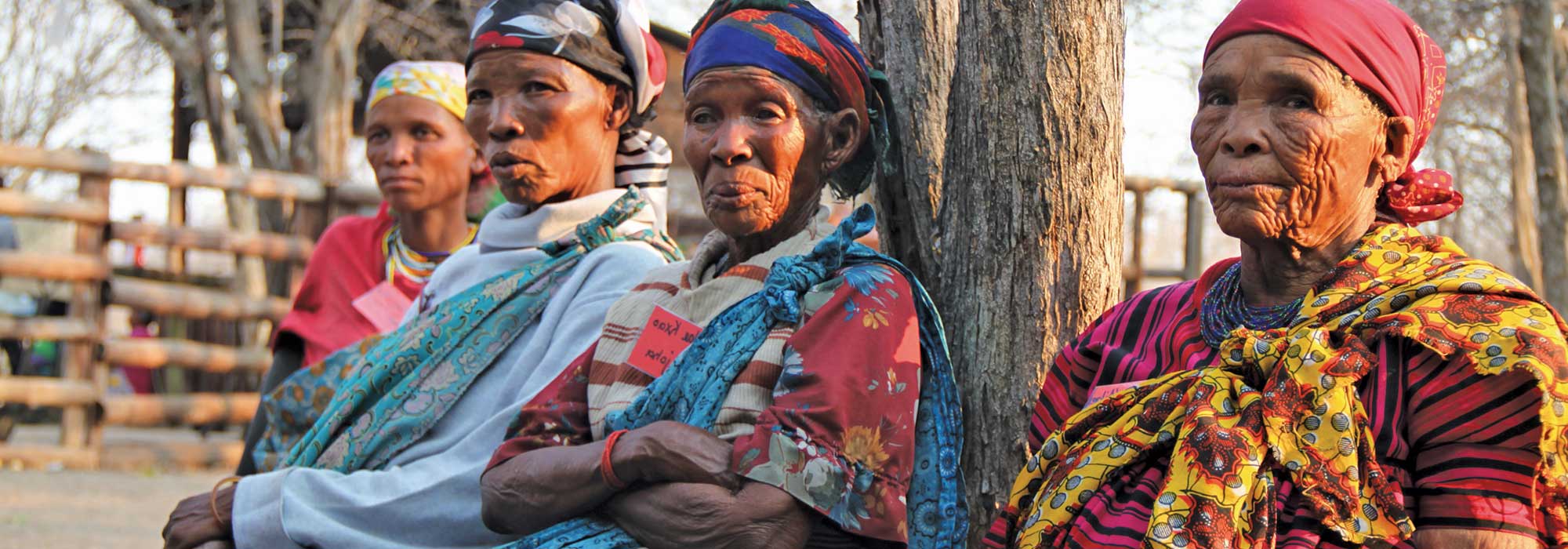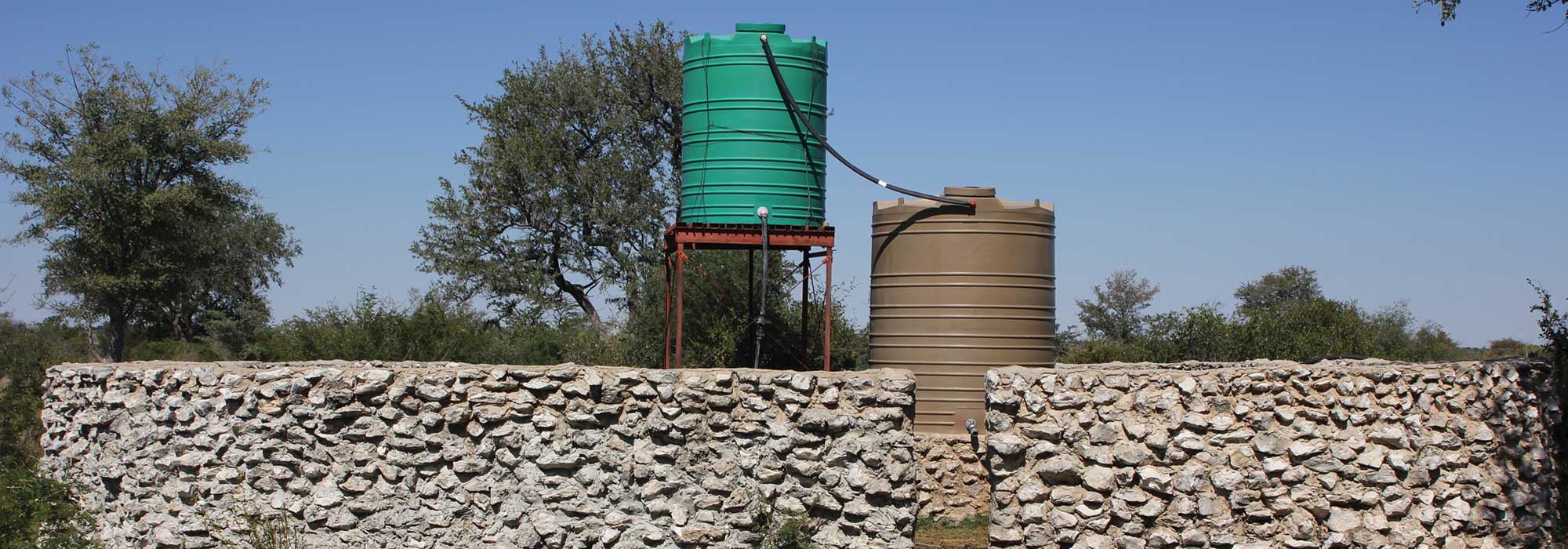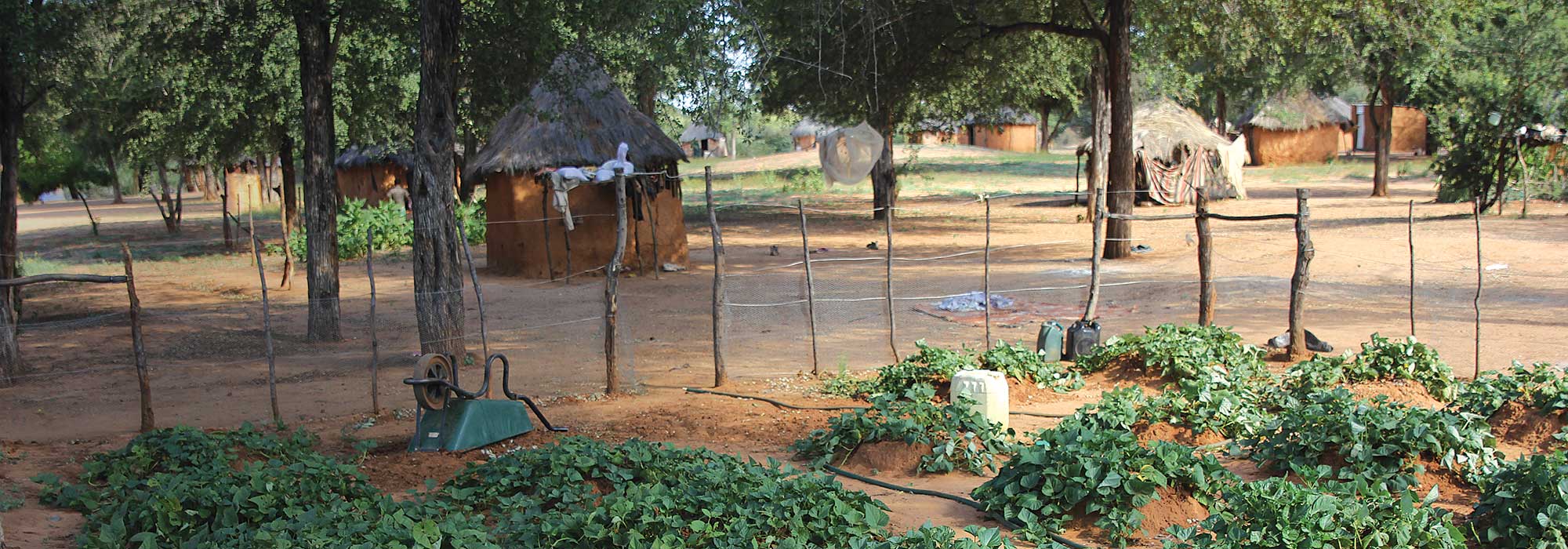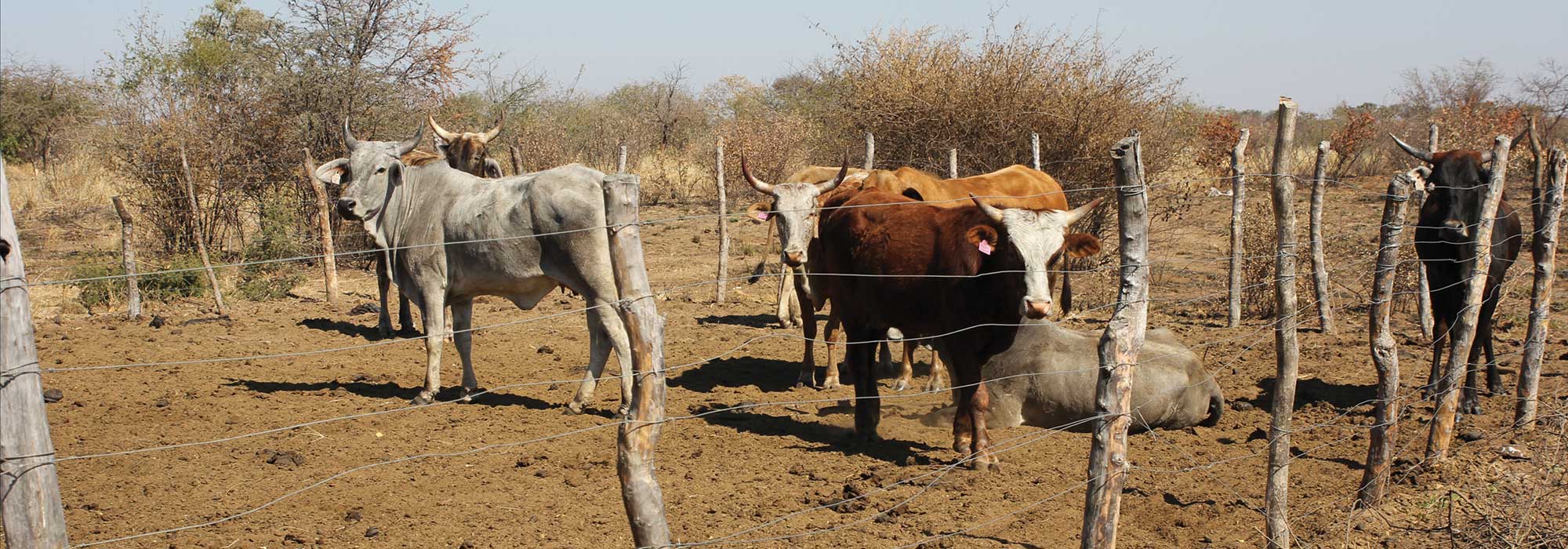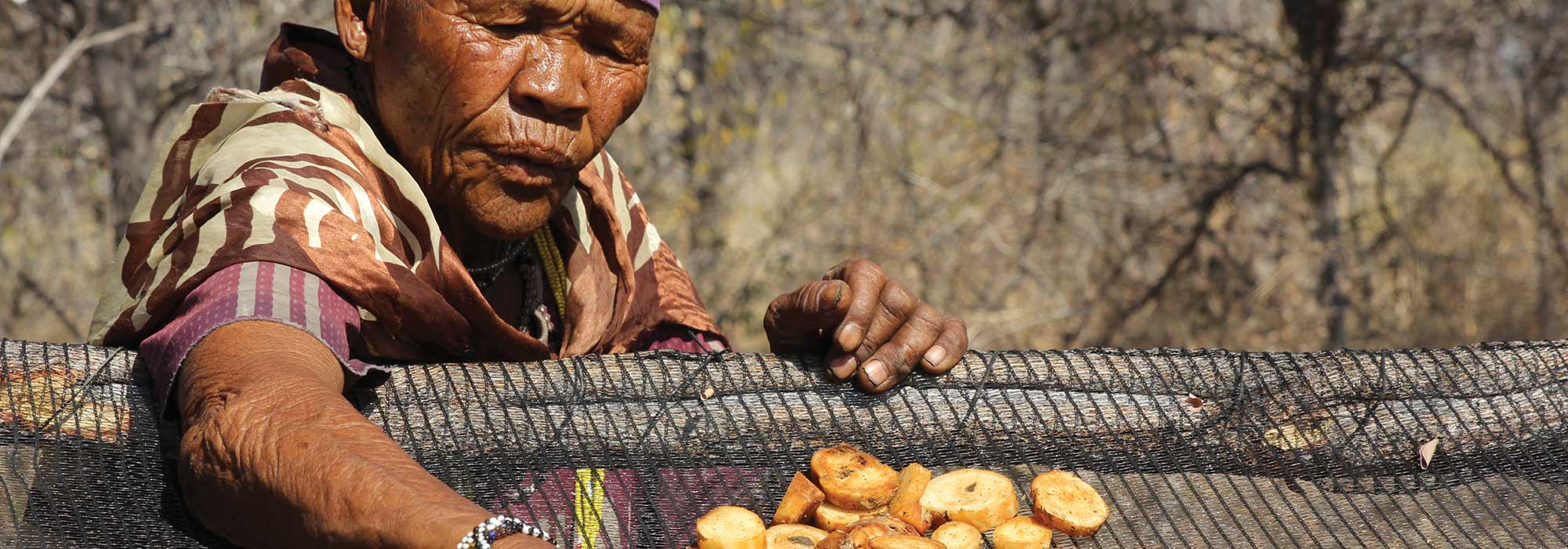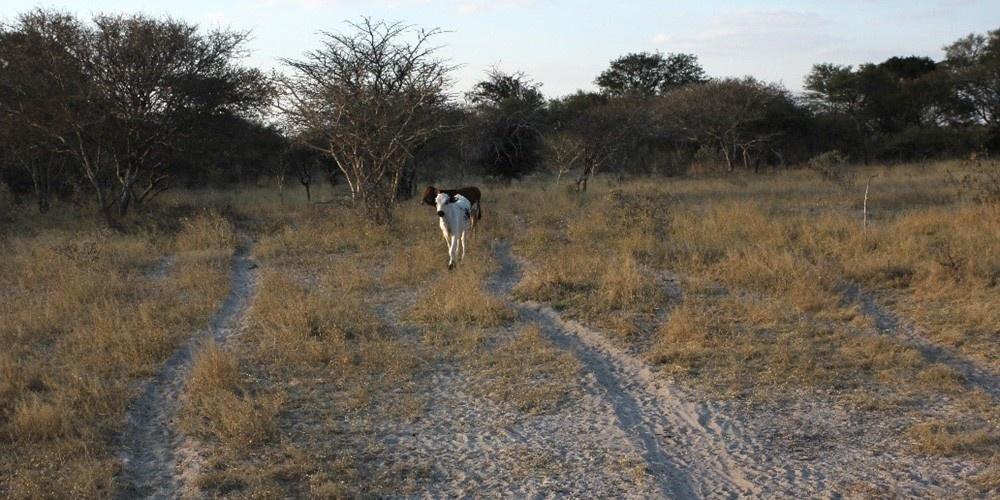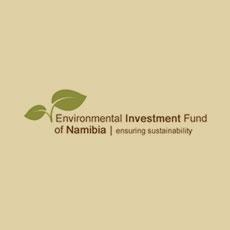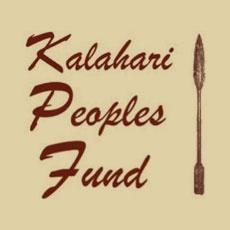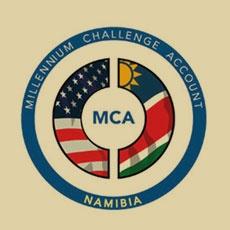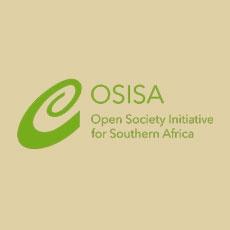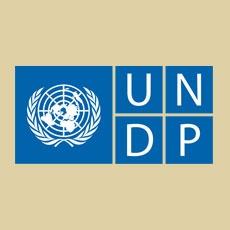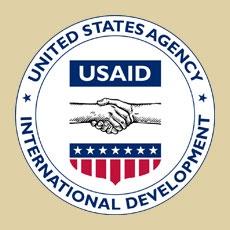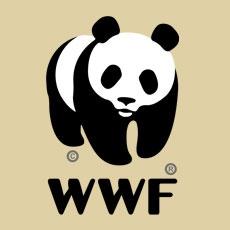Chief Tsamkxao ≠Oma
Illegal grazing and fencing impacting on san livelihood opportunities
The harvesting and sale of Devil’s Claw in both the Nyae Nyae Conservancy & Community Forest and the N#a Jaqna Conservancy & Community Forest offer on a yearly basis a substantial supplementary income for their members who undertake this activity. However, the increase in illegal grazing in the Nyae Nyae Conservancy and Community Forest as well as the illegal erection of fences in the N#a Jaqna Conservancy and Community forest (NJCCF) now threaten the income generating opportunities.
With the 2019 Devil’s Claw harvesting now over, harvesters from both conservancies & community forests supplied just over 20 tons of dried Devil’s Claw. Thereby generating a direct income of just over N$ 1 million for about 500 harvesters. This income is substantial considering that in many cases this is one of the only potential sources of income for their members and especially bearing in mind the extreme drought conditions of 2019.
Resource management and the sustainable utilisation of these resources is one of the pillars of both of these conservancies and community forests. The approach towards the harvesting and sale of Devil’s Claw is no different. In both of these areas much attention is paid to making sure that Devil’s Claw is sustainably harvested to ensure that harvesters can continue to benefit in years to come. Harvesting monitoring and post-harvest-impact assessments are carried out on a regular basis and corrective actions can be taken if any problems are identified. Sustainable harvesting and resource health is also verified by an independent third party on an annual basis resulting in the Devil’s Claw being certified organic. Being certified organic covers a wide variety of aspects which are audited on an annual basis.
Illegal grazing and the utilisation of other resources, such as firewood and water, in and around the settlement of Tsumkwe has been an issue for many years for the Nyae Nyae Conservancy and Community Forest. The number of cattle and other livestock that are being corralled in Tsumkwe has ballooned over the last five years. In August 2017 the area being impacted was estimated to be in the region of a 10 km radius, now in 2019 this radius has increased up to a 30 km radius. This is illegal because the area in question is under the management of the Conservancy and Community Forest and in addition no permission has been granted by the Traditional Authority.
Aside from the direct impacts of this on the settlement of Tsumkwe, it is now also seriously impacting on the area around the settlement. In particular the illegal grazing is now impacting affecting the health of the Devil’s Claw resource that occurs in this area. It is well documented that livestock graze on the above ground leaf cover of Devil’s Claw in the growing season and is detrimental to the growth of tubers and their ability to flower and produce fruiting bodies (seed). The livestock also trample the area making it difficult for harvesters to find the Devil’s Claw plants.
In neighbouring N#a Jaqna access to the Devil’s Claw resource is being limited by the illegal erection of fences and thus by default ownership of the area. Many of the areas which have been illegally fenced off are endowed with Devil’s Claw. Not only is access becoming an issue but these areas are also heavily grazed by livestock which is also negatively impacting on the resource.
The long-term potential negative impact of the illegal grazing by cattle, and the illegal fencing of farms on the Devil’s Claw resource, and its potential as an income generating opportunity for harvesters in both Nyae Nyae and N#a Jaqna is considerable and needs to be addressed as a matter of urgency.

The above photographs were taken in the same place. The one on the left indicates a healthy Devil's Claw population and the photograph on the right indicates an extent of the trampling that has since taken place in the area.
When you subscribe to the blog, we will send you an e-mail when there are new updates on the site so you wouldn't miss them.
